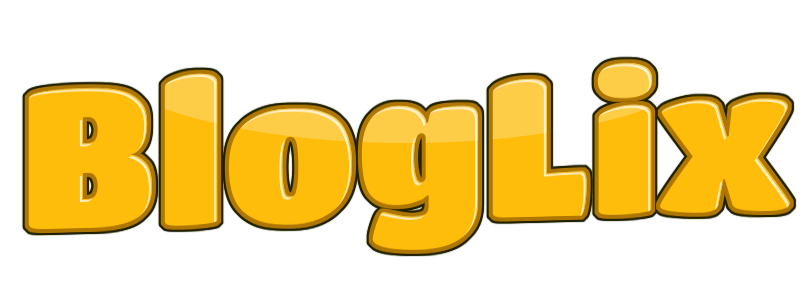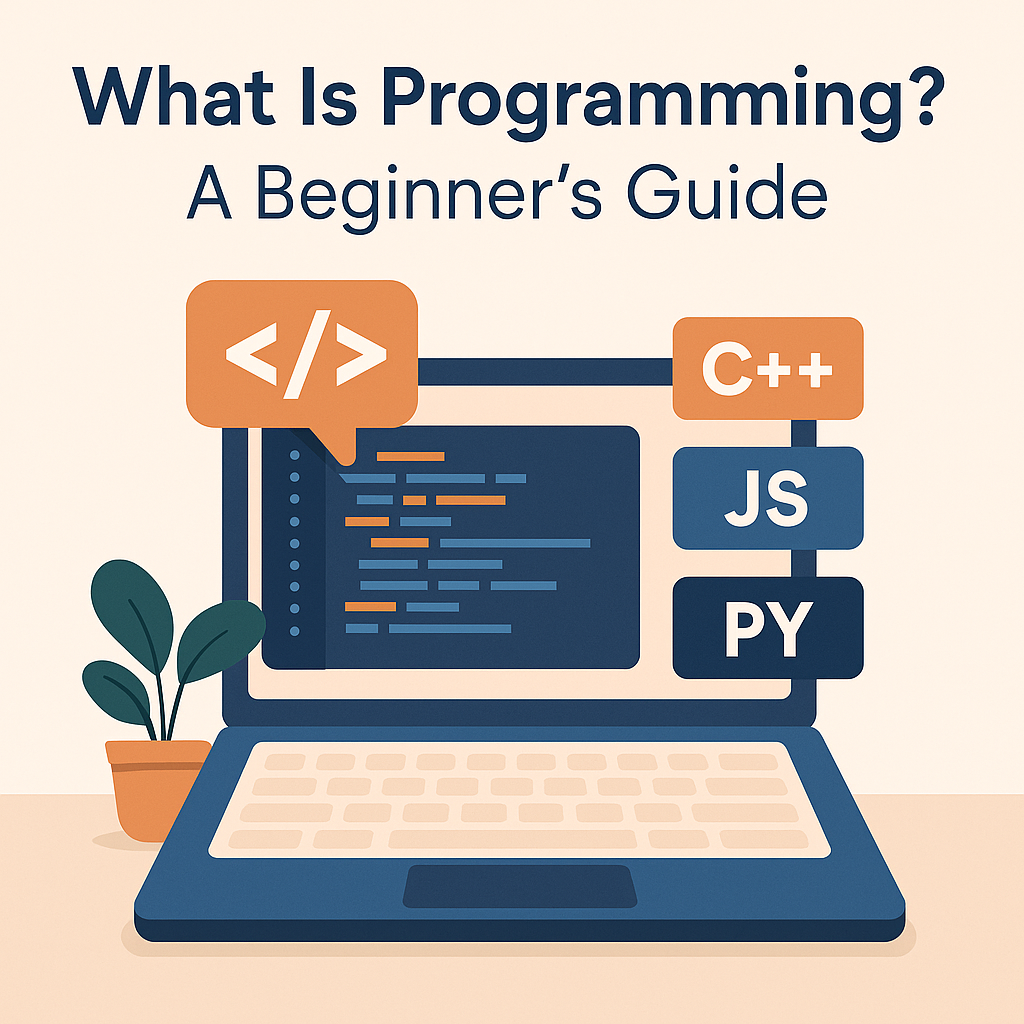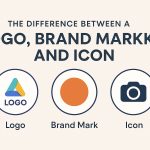Introduction: Why Programming Matters in Today’s World
If you’ve ever wondered how your favorite apps, websites, or even smart home devices work, the answer lies in one powerful concept: programming. At its core, programming is the process of writing instructions for a computer to follow. These instructions are written using a programming language, which acts as the bridge between human ideas and machine execution.
In today’s digital age, learning about programming isn’t just for software engineers—it’s a skill that opens doors in almost every industry, from healthcare to finance to entertainment. Whether you dream of building a mobile app, creating a website, or simply understanding how technology shapes the world, this guide will walk you through the essentials.
What Is Programming?
Programming is the process of designing and building computer programs that perform specific tasks. Think of it like giving a chef a recipe—except instead of making a meal, you’re telling a computer exactly what to do.
These sets of instructions are written in programming languages such as Python, Java, JavaScript, or C++. Each language has its own rules (syntax) and strengths, but they all serve the same basic purpose: enabling humans to communicate with machines.
Understanding Programming Languages
A programming language is a formal way of writing instructions so that a computer can understand and execute them. Just as we speak English, Spanish, or French to communicate with other people, developers “speak” to computers using programming languages.
Types of Programming Languages
There are several categories of programming languages:
| Type | Description | Examples |
|---|---|---|
| High-Level Languages | Easy for humans to read and write, closer to natural language. | Python, Java, Ruby |
| Low-Level Languages | Closer to machine code, harder for humans but more efficient. | Assembly, C |
| Scripting Languages | Often used for automating tasks or web development. | JavaScript, PHP |
| Markup Languages | Used to structure and format documents, not for logic. | HTML, XML |
Why Learn Programming?
There are several reasons why learning a programming language can be a life-changing skill:
-
High Demand in the Job Market – Programming skills are among the top requirements for many high-paying jobs.
-
Problem-Solving Skills – Coding teaches you to break complex problems into manageable steps.
-
Career Flexibility – Programmers work in diverse industries: tech, healthcare, finance, education, and more.
-
Creative Opportunities – Build your own apps, games, or websites from scratch.
-
Automation and Efficiency – Write scripts to automate repetitive tasks and save hours of work.
How Programming Works: From Code to Action
When you write code in a programming language, you’re essentially creating a set of instructions. Here’s how it works:
-
Writing the Code – You type commands in a programming language.
-
Compiling or Interpreting – A compiler or interpreter translates your code into machine language.
-
Execution – The computer runs your instructions and produces the desired result.
Example in Python:
This tiny program tells the computer to display the text Hello, World!—one of the first things new programmers learn.
Choosing Your First Programming Language
If you’re just starting out, the best programming language for you will depend on your goals.
-
For Web Development: Start with HTML, CSS, and JavaScript.
-
For Data Science & AI: Python is the most popular choice.
-
For Mobile App Development: Swift (iOS) or Kotlin (Android).
-
For Game Development: C# (Unity) or C++ (Unreal Engine).
Common Misconceptions About Programming
-
“You Have to Be a Math Genius” – While logical thinking helps, most coding tasks require creativity, problem-solving, and persistence rather than complex math.
-
“It’s Too Late to Start” – People have successfully learned programming at every age, from teenagers to retirees.
-
“You Need Expensive Software” – Many programming tools and languages are completely free.
Practical Tips for Learning Programming
-
Start Small – Build simple projects like calculators or to-do list apps.
-
Practice Regularly – Coding is like learning a language; consistency is key.
-
Use Online Resources – Platforms like freeCodeCamp and W3Schools offer free tutorials.
-
Join a Community – Participate in coding forums, Discord groups, or local meetups.
-
Learn by Doing – Apply concepts immediately by building projects.
The Future of Programming
As technology evolves, so do programming languages. Artificial intelligence, blockchain, and cloud computing are driving demand for new skills. Learning programming now can future-proof your career and give you the flexibility to adapt to changing trends.
Key Takeaways
| Concept | Summary |
|---|---|
| Programming | Writing instructions for a computer. |
| Programming Language | The medium for giving instructions to a computer. |
| Learning Benefits | Job demand, problem-solving, creativity, automation. |
| First Language Choice | Depends on career goals (e.g., web, mobile, data). |
Conclusion: Your Programming Journey Starts Now
Learning a programming language isn’t just about writing code—it’s about gaining the power to create, innovate, and solve problems. Whether you want to build your own app, automate your work, or start a career in tech, the first step is simply to begin.
Call to Action:
If you’re ready to take your first step, explore beginner-friendly tutorials, choose a programming language that excites you, and start building today. The sooner you start coding, the sooner you start creating.



